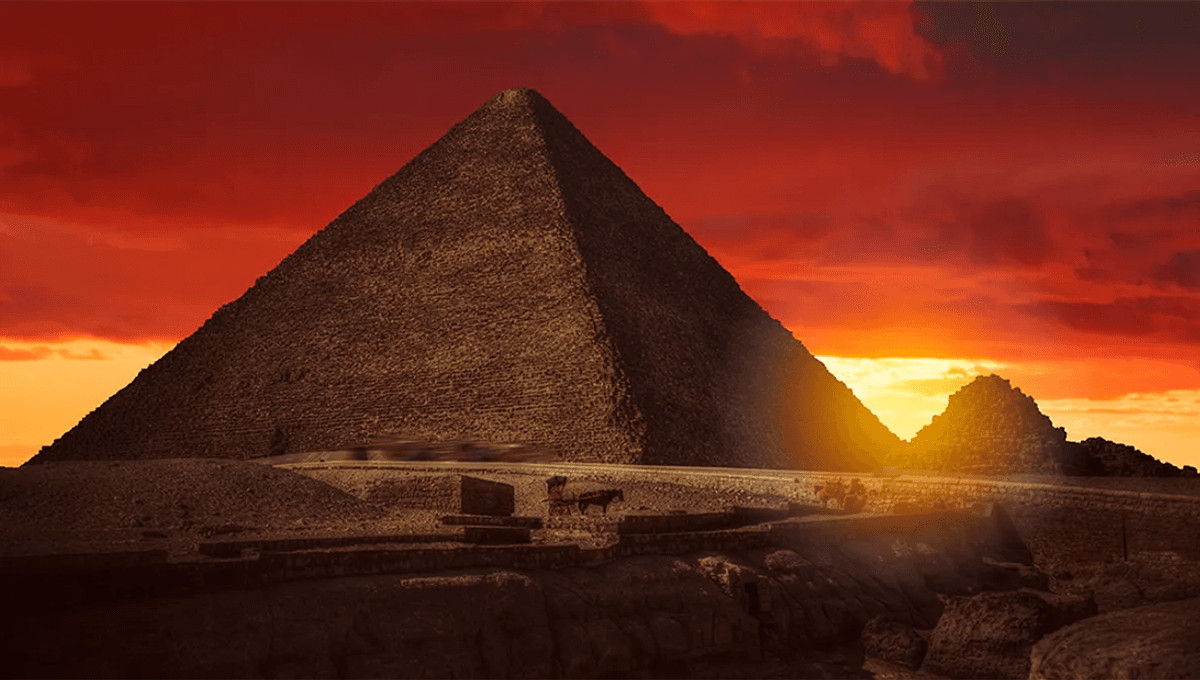
There is still plenty to learn about the pyramids of Egypt. For instance, it would be nice to know what is in the massive void sealed inside the Great Pyramid of Giza 4,500 years ago, or precisely how the materials were transported to the area before construction.
But let’s start with the basics: how many sides does the Great Pyramid of Giza – the headliner of the Egyptian pyramids – actually have?
If you guessed four, you are incorrect. If you guessed five or three you are also incorrect and maybe a little confused about geometry. The correct number of sides was not confirmed, at least by modern humans, until British Air Force pilot P. Groves photographed the pyramid from above in 1926. From that vantage point, it was possible to see that the sides of the pyramid were actually significantly indented along their middles.
“The Great Pyramid at Giza is known to have an amazing character of concavity that each of its four faces is slightly indented along its central line, from base to peak,” Akio Kato from the Department of Mathematics and Physics at Kanagawa University, Japan, explained in a 2023 paper.
“In other words, the Great Pyramid is a concave octagonal pyramid, rather than the standard square pyramid. This concavity is [too] subtle to be seen from any ground position, but can be observed from the air.”
These indents, while not visible from ground level, appear to add stability and longevity to the pyramids.
“The inclined layers together with the reinforced base were necessary for the long-term stability of the Pyramid against the severe natural forces like the high gravitational compression, earthquakes and rainstorms, pointing out the feasible fact that the Pyramid has experienced severe rainstorms more than 500 times during the 4,500 years,” Kato wrote in the paper. “The crucial point about stability is that the effects of such natural forces are quite different between the core of inclined courses and that of truly level courses in the sense that the former can be tightened to become stronger over time, but the latter would be disintegrated to be weaker over time.”
While the Ancient Egyptians were clearly good engineers – as evidenced by the pyramids still being around today – they weren’t perfect. Several sealed corridors and rooms within the Egyptian pyramid may have been abandoned by builders when they were found to be unstable, making it unclear whether these extra sides were an intentional design choice for longevity, or merely a happy accident.
Source Link: How Many Sides Does The Great Pyramid Of Giza Have? Because It Isn't Four